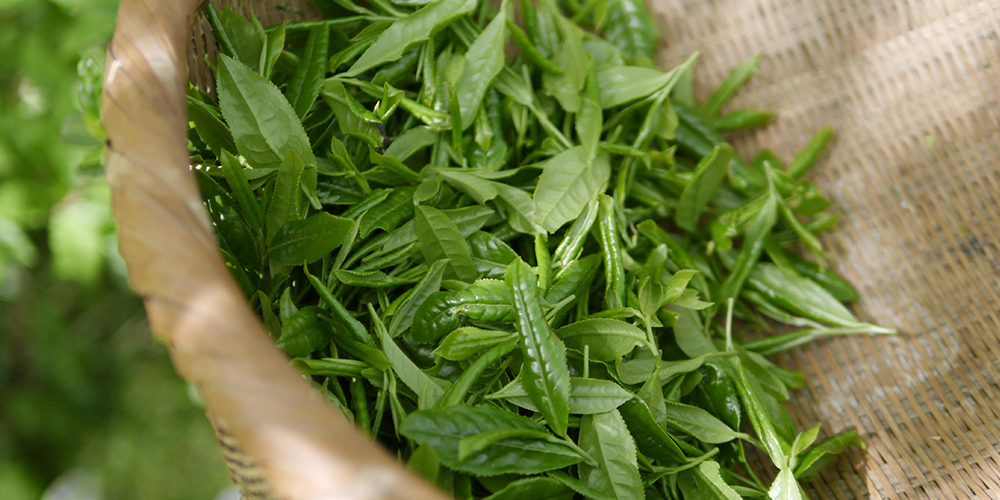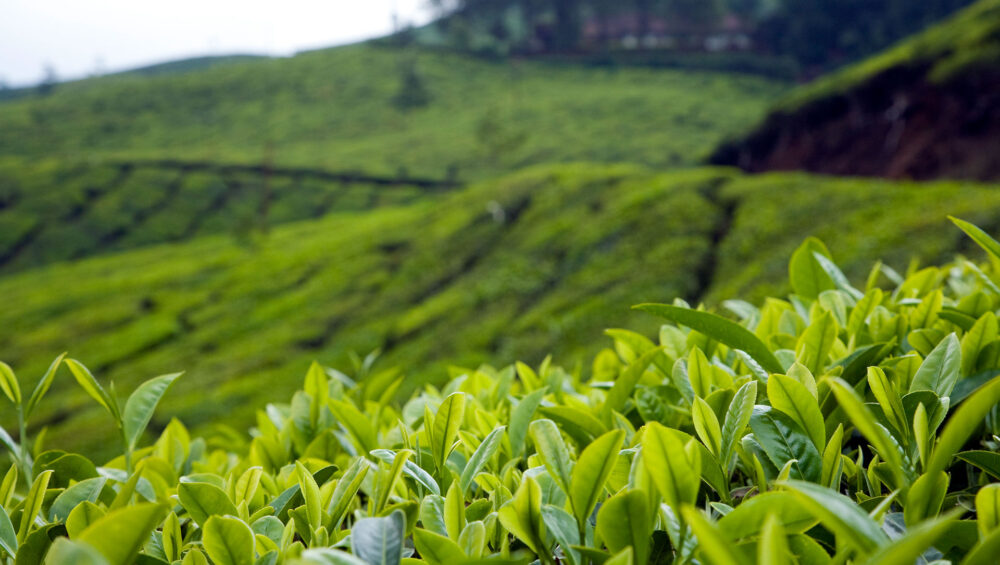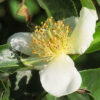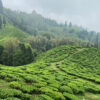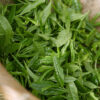Darjeeling 2nd Flush tea is a highly prized variety of tea harvested in the Darjeeling region of India. The “second flush” refers to the second harvest period, typically occurring between late May and June. This period follows the first flush, which happens in the spring.
What sets Darjeeling 2nd Flush tea apart is its distinct flavor profile. It is known for its fuller body, richer taste, and more robust character compared to the first flush. The tea leaves often develop a characteristic muscatel flavor, reminiscent of muscat grapes, with notes of stone fruit, nuts, and sometimes a hint of spice. The liquor of the tea is usually amber or darker golden in color.
The unique flavor of Darjeeling 2nd Flush tea is attributed to several factors, including the specific climatic conditions of the region, the elevation at which the tea is grown, and the traditional methods of plucking and processing the leaves. The cooler temperatures and higher altitudes contribute to the slower growth of the tea plants, allowing the leaves to develop more complex flavors.
Darjeeling 2nd Flush tea is often enjoyed without milk to fully appreciate its nuanced flavors. It can be brewed using fresh, boiling water and steeped for about 3-5 minutes. The tea is highly sought after by connoisseurs and is often considered a luxury due to its limited production and exceptional quality.
The best climatic conditions for producing high-quality Darjeeling 2nd Flush tea are characterized by specific temperature ranges, rainfall patterns, and elevation.
1. Temperature:
Ideal temperatures for the second flush period range between 18°C to 25°C (64°F to 77°F). These moderate temperatures, typically found in late May to June, help in the slow growth of tea leaves, allowing them to develop the complex flavors characteristic of 2nd Flush tea.
2. Rainfall:
Adequate rainfall is crucial for tea cultivation, and the period leading up to the second flush usually receives sufficient rain. However, excessive rainfall during the plucking season can be detrimental as it can affect the quality of the leaves. Ideally, the region should receive moderate rainfall to maintain soil moisture without waterlogging.
3. Elevation:
Darjeeling tea is grown at elevations ranging from 600 to 2,000 meters (2,000 to 6,500 feet). Higher altitudes contribute to the unique flavor profile of the tea due to cooler temperatures, slower leaf growth, and more intense sunlight, which enhances the development of aromatic compounds in the tea leaves.
4. Soil:
Well-drained, slightly acidic soils rich in organic matter are ideal for tea cultivation. The unique terroir of the Darjeeling region, including its soil composition, plays a significant role in the distinctive taste of the 2nd Flush tea.
5. Sunlight:
Adequate but not excessive sunlight is beneficial. During the second flush, the tea plants should receive sufficient sunlight to support photosynthesis and the growth of new leaves, but prolonged exposure to intense sunlight can stress the plants.
6. Humidity:
Moderate humidity levels are preferred, as extremely high humidity can lead to fungal diseases, while very low humidity can stress the plants.
In summary, the combination of moderate temperatures, adequate but not excessive rainfall, high elevation, well-drained acidic soil, and balanced sunlight and humidity creates the optimal conditions for producing the prized Darjeeling 2nd Flush tea. These conditions help develop the tea’s characteristic muscatel flavor and rich, full-bodied profile.
What sets Darjeeling 2nd Flush tea apart is its distinct flavor profile. It is known for its fuller body, richer taste, and more robust character compared to the first flush. The tea leaves often develop a characteristic muscatel flavor, reminiscent of muscat grapes, with notes of stone fruit, nuts, and sometimes a hint of spice. The liquor of the tea is usually amber or darker golden in color.
The unique flavor of Darjeeling 2nd Flush tea is attributed to several factors, including the specific climatic conditions of the region, the elevation at which the tea is grown, and the traditional methods of plucking and processing the leaves. The cooler temperatures and higher altitudes contribute to the slower growth of the tea plants, allowing the leaves to develop more complex flavors.
Darjeeling 2nd Flush tea is often enjoyed without milk to fully appreciate its nuanced flavors. It can be brewed using fresh, boiling water and steeped for about 3-5 minutes. The tea is highly sought after by connoisseurs and is often considered a luxury due to its limited production and exceptional quality.
The best climatic conditions for producing high-quality Darjeeling 2nd Flush tea are characterized by specific temperature ranges, rainfall patterns, and elevation.
1. Temperature:
Ideal temperatures for the second flush period range between 18°C to 25°C (64°F to 77°F). These moderate temperatures, typically found in late May to June, help in the slow growth of tea leaves, allowing them to develop the complex flavors characteristic of 2nd Flush tea.
2. Rainfall:
Adequate rainfall is crucial for tea cultivation, and the period leading up to the second flush usually receives sufficient rain. However, excessive rainfall during the plucking season can be detrimental as it can affect the quality of the leaves. Ideally, the region should receive moderate rainfall to maintain soil moisture without waterlogging.
3. Elevation:
Darjeeling tea is grown at elevations ranging from 600 to 2,000 meters (2,000 to 6,500 feet). Higher altitudes contribute to the unique flavor profile of the tea due to cooler temperatures, slower leaf growth, and more intense sunlight, which enhances the development of aromatic compounds in the tea leaves.
4. Soil:
Well-drained, slightly acidic soils rich in organic matter are ideal for tea cultivation. The unique terroir of the Darjeeling region, including its soil composition, plays a significant role in the distinctive taste of the 2nd Flush tea.
5. Sunlight:
Adequate but not excessive sunlight is beneficial. During the second flush, the tea plants should receive sufficient sunlight to support photosynthesis and the growth of new leaves, but prolonged exposure to intense sunlight can stress the plants.
6. Humidity:
Moderate humidity levels are preferred, as extremely high humidity can lead to fungal diseases, while very low humidity can stress the plants.
In summary, the combination of moderate temperatures, adequate but not excessive rainfall, high elevation, well-drained acidic soil, and balanced sunlight and humidity creates the optimal conditions for producing the prized Darjeeling 2nd Flush tea. These conditions help develop the tea’s characteristic muscatel flavor and rich, full-bodied profile.
